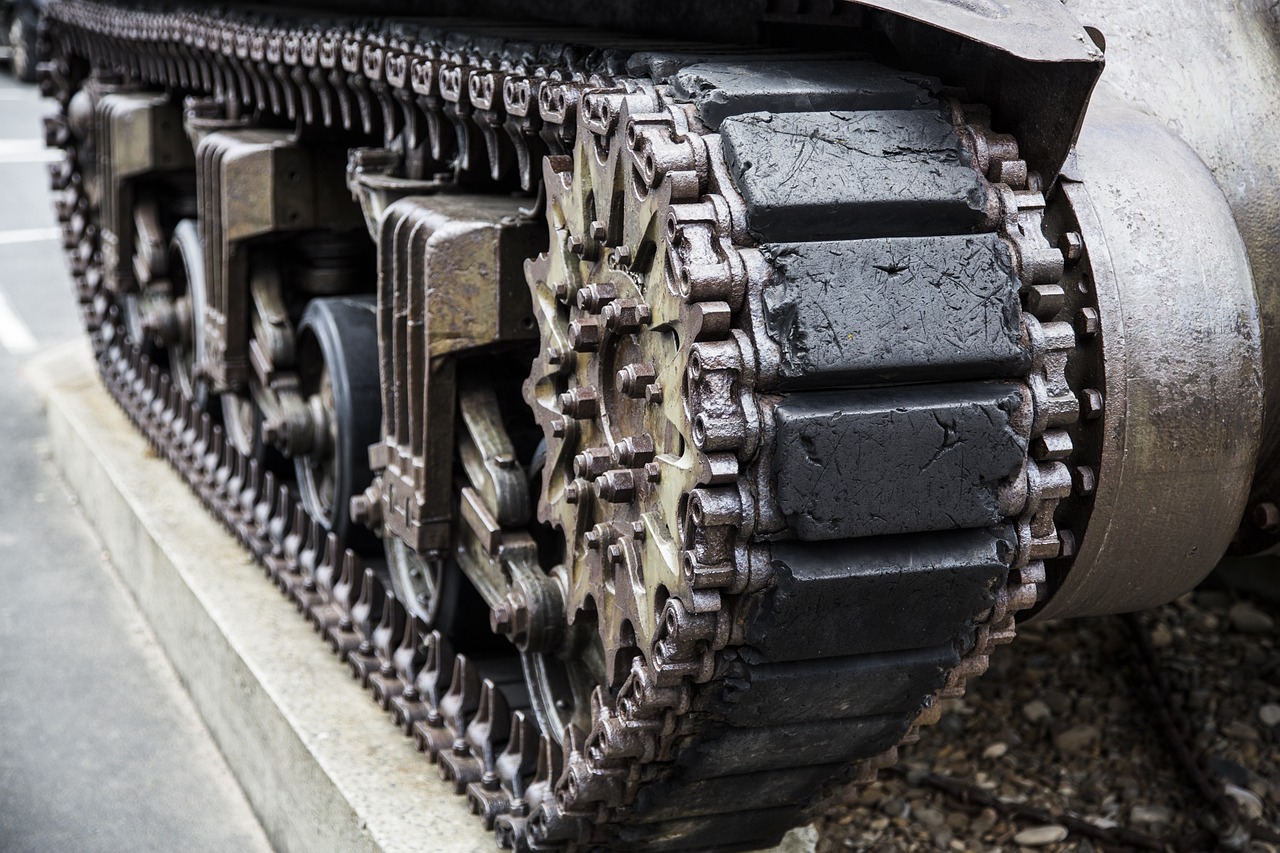This post is also available in:
 עברית (Hebrew)
עברית (Hebrew)
A new AI-powered control system developed by Peraton under a U.S. defense initiative has shown the ability to keep robotic platforms functioning safely even in damaged or unstable conditions. Known as Adaptive Control with AI (ACAI), the system is designed to help autonomous machines adjust in real time to stressors such as mechanical failure, severe terrain, and unstable environments—while still providing useful control input to human operators, according to the press release.
Backed by DARPA (Defense Advanced Research Projects Agency), ACAI integrates multiple technological disciplines, including computer vision, machine learning, physics-based modeling, and optimization algorithms. These components work together to assess system performance in real-time and modify behavior accordingly, with a focus on preventing accidents or unsafe responses.
Rather than replacing human control, ACAI is intended to work alongside operators by interpreting environmental and mechanical feedback and making corrective decisions when normal control methods may no longer be effective.
The system was tested in various scenarios that mimic real-world operational stress. In one trial, ACAI was installed on a U.S. Army ground vehicle that had sustained tread damage. The platform faced slick inclines, strong winds, and uneven terrain. Despite these challenges, ACAI enabled the vehicle to remain stable, avoid rollovers, and stay on course—outperforming an identical vehicle without the system.
In another test conducted at Sandia National Laboratories, ACAI was installed on a moving crane platform simulating sea conditions during ship-to-ship replenishment. The AI-guided system successfully stabilized the crane arm and placed a payload into a silo, reducing sway and preventing collision, even under increased simulated stress.
The ACAI platform is part of a broader effort to improve resilience in autonomous systems operating in unpredictable or contested environments, where mission continuity and safety are critical.
By combining adaptive control with AI, the technology offers a practical solution for military and potentially civilian applications that demand robust performance—even in degraded or dynamically changing conditions. The approach reflects a growing trend toward AI-assisted autonomy as a means of increasing both safety and operational flexibility.


























